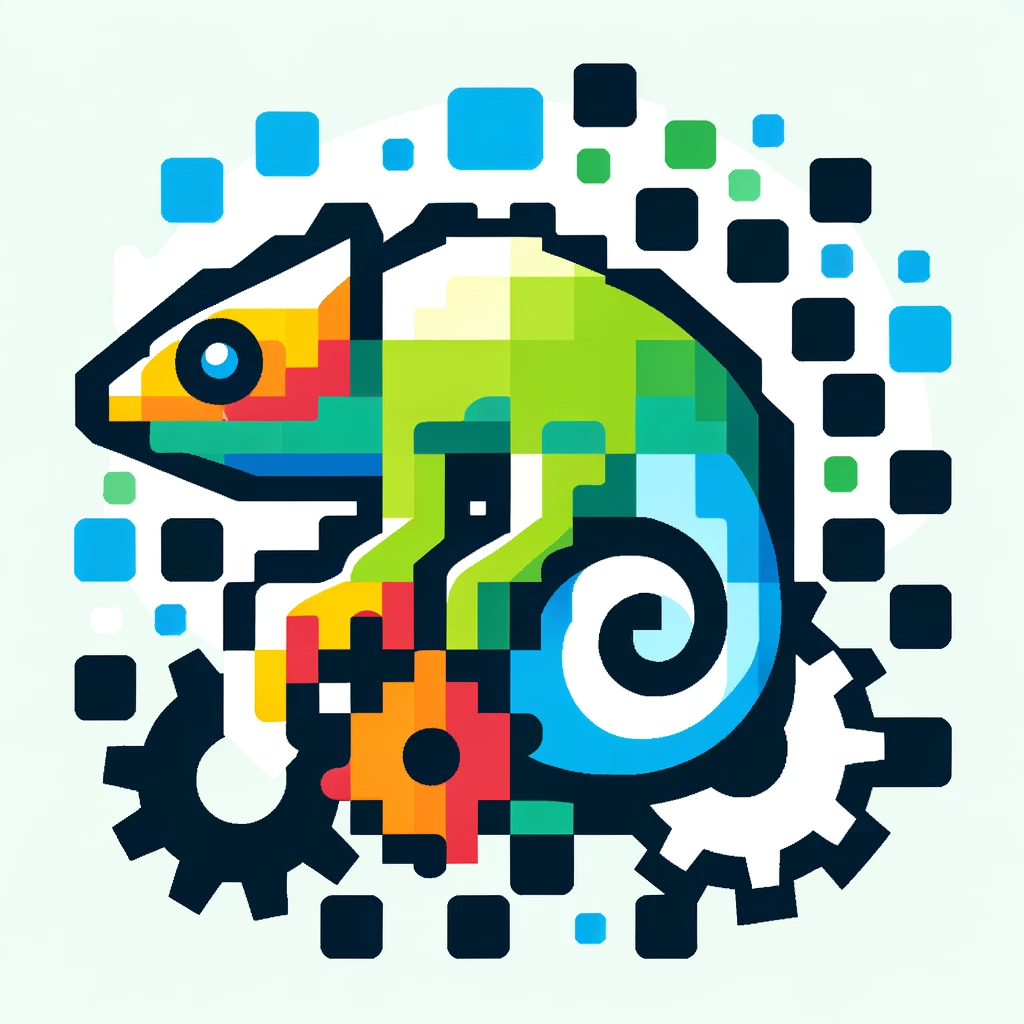107 reads
Think-and-Execute: The Experimental Details
by
March 21st, 2025
Audio Presented by

Transcompiler.Tech teaches you how to convert code from one programming language to another.
Story's Credibility

About Author
Transcompiler.Tech teaches you how to convert code from one programming language to another.